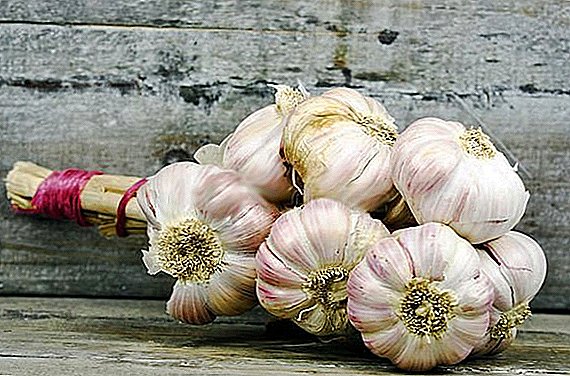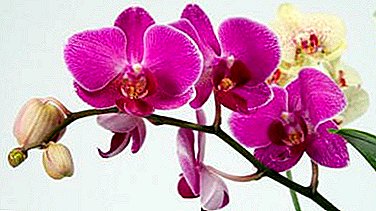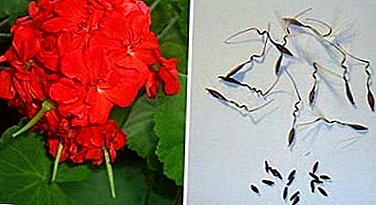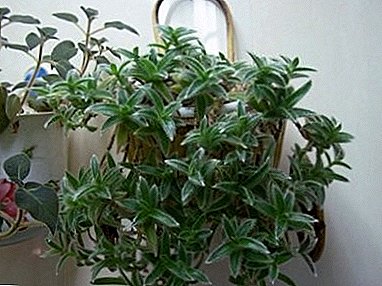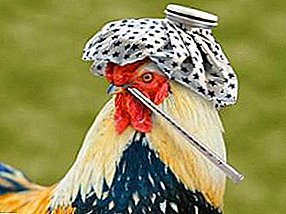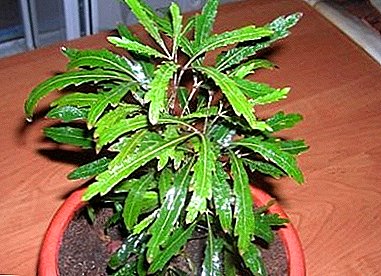
Dizigoteka - an incredibly beautiful indoor plant.
It will decorate any interior, office or home, but for this you need to properly care for it.
Description
Belongs to the family Aralia. In nature, it grows in New Caledonia and Polynesia in tropical forests, in places where bright sunlight does not fall. In appearance it resembles bush or small tree. Distinctive feature is incredibly beautiful openwork foliage.
Blades itself composed from several segments, jagged along the edge and arranged like an umbrella. The color of the foliage is dark green, some varieties have bright edges, giving the plant even greater beauty and unusual appearance. In room conditions usually does not bloom.
Views and photos
At home there are several varieties.
Dizigoteka elegant. It is a small non-branching tree. The leaves have long petioles, often collected at the top of the trunk. Lamina up to 30 cm, jagged edges. The maximum height can reach two meters, but the growth of dizigoteka is slow. The photo below shows the most dizigoteka:


Dizigoteka Veycha. It looks like the previous view, but the leaves are wider and shorter, their edges are oval and not dentate. You can see the picture below below:


Dizigoteka Kerkhova resembles Veitch's dizigoteka, slightly different in shade and shape of foliage. The photo below shows Kerkhov's dizigoteka:


Home care
The plant requires certain conditions of maintenance and is suitable for experienced growers. She does not tolerate negligence. If a violatedi conditions then dizigoteka starts dump leaves and after it starts dying off the trunk. After the purchase, she should choose a permanent location and immediately provide all the necessary conditions: the right ground, lighting and humidity.
IMPORTANT! During transport to the house it should be insulated, especially in the winter months.
Watering
 Is required permanent moisture does not like the moisture supply, however.
Is required permanent moisture does not like the moisture supply, however.
Before watering, you must make sure that the soil is dry, but not too much, since the lack of moisture also leads to loss of leaves. In the summer of water give more than in the winter.
Air humidity
Dizigoteka demanding to air humidity. She needs not just regular spraying, but several times a day.
Periodic washing in the shower is useful; water is used when it is soft.
To increase the humidity of the plant is placed in the florarium, set a number of plates with water or put the pot in a container with wet moss. Disygoteka can grow well in hydroponics.
Planting a plant
The soil is taken light, subacid or neutral. Be sure to drain at the bottom of the tank. The mixture is made up of sheet, sod land and sand.
ATTENTION! Peat is not recommended because it conducts air poorly.
Dysigoteca transplant
 Growth its slow, so usually transplanted every two years.
Growth its slow, so usually transplanted every two years.
The root system is compact, so small pots will do. Maximum the size of the tank for planting is 25 cm in diameter; an adult specimen is already contained in this volume.
Instead of transplanting, they change the upper layer of the earth, which is less traumatic for dysigoteca.
In one pot often planted several cuttingsbut it is desirable that there should be no more than three of them, otherwise they will interfere with each other’s growth.
Temperature and location
Plant this thermophilic. In summer, it grows well at temperatures from 20 to 28 degrees. In winter, it is not recommended to lower the temperature in the room below 15 degrees. Otherwise dizygoteka drop leaves, with a strong and prolonged decrease in temperature, it may die.
Prefers diffused lighting, grows well in the western or eastern window.In the southern direction, mandatory shading from the sun is required, otherwise the leaves will burn.
TIP! Since it grows on the lower tiers of the forest, the penumbra is more preferable for it.
Shaping and trimming
 Growth is slow, so the formation is usually not required. Bushes weakly.
Growth is slow, so the formation is usually not required. Bushes weakly.
There are varieties that, after pruning, can produce side shoots.
Pinching usually does not bring results, dizigoteka is still drawn out.
To give splendor planted several plants in one pot.
Old overgrown specimens, which no longer have lower leaves, can be cut at a height of about 15 cm from the ground, after that there is the likelihood of several shoots. In order to dizigoteka increased evenly, it is gradually turned relative to the light.
Breeding
To multiply at home her quite difficult. To do this, use cuttings about 10 cm long. Their process special preparations that improve the formation of roots, then placed in the sand or a mixture of sand and peat. Cover with a transparent film or glass. Sure to maintain a temperature of about 20-25 degrees, since the plant is thermophilic. Once will begin shoot growth can be transplanted into small pots.
Propagated by dysigoteka and seeds. They are sown in light soil, an equal mixture of sand and peat is suitable for this, sprinkled with soil on top of the slag, but do not deepen. Sure to support heat not below 22 degrees. Seated thenwhen the second true leaf appears. Shoots succeeds not always wait, therefore, many growers prefer cuttings.
Diseases and pests
 Insufficient air humidity leads to falling leaves, so you have to keep track of this, especially when central heating is working.
Insufficient air humidity leads to falling leaves, so you have to keep track of this, especially when central heating is working.
With low temperature the leaves wil, darken and may fall, and the plant itself eventually dies. If the leaves brighten, then this indicates an excess of light.
Dizygoteku often attend pests. Main ones: aphid, spider mite, whitefly, thrips. Sometimes a mealybug starts. Prevention is constant spraying, washing with soap and water, and the use of chemicals.
Benefit and harm
It is believed that dizigoteka refers to weakly poisonous plants. It does more good than harm. Due to his love for moisture, it is able to humidify the air and favorably influence the atmosphere in the house. It is suitable for maintenance in apartments and office space.
Based on the required conditions of detention, we can say that this plant is more suitable experienced flower growersalthough with due patience and all conditions, it can anyone who wants.


